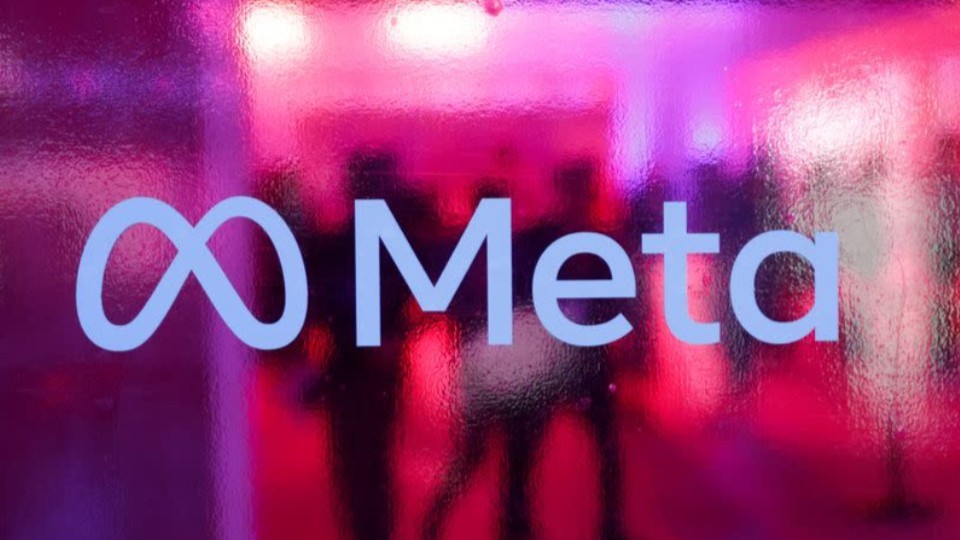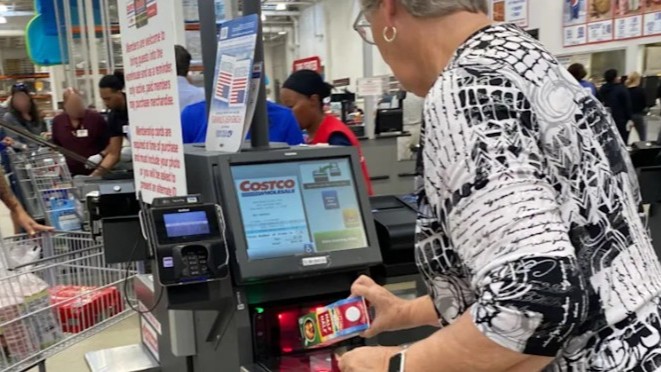
Articles
Federal Reserve says consumer distress is at a 12-year high
While investors worry about the markets,
the Federal Reserve Bank of Philadelphia is raising the alarm about another
economic indicator: credit card payments.
According to the central bank, more than
one in 10 Americans paid only the monthly minimum on their credit card debt in
the fourth quarter of 2024. Paying just the minimum means you shell out more in
interest over time.
Often, making minimum payments is a sign of
consumer distress — and this warning sign is at 12-year high.
Worse still, the number of credit card
accounts that are 90 days or more past due reached yet another record high in
the fourth quarter of 2024.
This begs the question: What’s behind the
growing debt burden for so many Americans? Here’s what’s causing it, and how
you can get out of debt and stay that way.
Why are so many Americans in credit card
debt?
It's no surprise Americans are struggling
with debt. Years of high inflation, triggered by the pandemic and its
aftermath, have taken a toll on many households.
Although inflation has cooled from a peak
of 8% in 2022 to 2.4% in March 2025, household budgets haven’t kept pace.
To cope, more Americans are leaning on
credit cards. Debt.com’s 2025 survey found that one in three use cards to cover
essentials, and many have maxed them out. With ongoing tariff negotiations
expected to raise prices further, reliance on credit could continue to grow.
How to pay off credit card debt
To protect your credit score, start by
never missing a credit card payment.
Mark payment due dates on your calendar and
set reminders to avoid missing them. With average credit card interest hovering
around 21.37%, carrying a balance is costly as minimum payments mostly cover
interest. Aim to pay in full each month, or at least more than the minimum.
To make headway on your debt:
- Track spending and create a budget prioritizing debt repayment
- Stop charging for what you can’t pay off immediately
- Automate credit-card payments on payday
- Pay extra on one debt each month until it's gone, then tackle
the next
- Keep going until you are debt-free
To fully pay off your debt, consider Dave
Ramsey's Snowball Method — start with the smallest balance to stay motivated —
or the Debt Avalanche Method, which targets high-interest debt first to save
more over time.
Another option is a debt consolidation
loan. This can lower your interest costs and simplify your monthly payments.
If you have significant home equity, you
could use a Home Equity Line of Credit (HELOC) to consolidate your
high-interest debts.
A HELOC is a secured line of credit that
leverages your home as collateral. Rather than juggling multiple bills with
different due dates and interest rates, you can deal with one easy-to-manage
payment instead. The results? Less stress, generally reduced fees and the
potential for significant savings over time.
Rates on HELOCs and home equity loans are
typically lower than APRs on credit cards and personal loans, making it an
appealing option for homeowners with substantial equity.
After tackling your debt, it’s important to
stick to your budget and focus on building an emergency fund covering
three-to-six months of expenses. This helps you avoid falling back into debt
during tough times.
Building this fund quickly is perfect for
your peace of mind, but can take a while with the interest rates of standard
savings accounts.
Source: www.finance.yahoo.com
Articles

Rice prices have skyrocketed in Japan - and farmers warn that everyone who eats that disaster could be near
In today's developed economies, lining up...
read more

Zuckerberg is pouring billions into plans for personal superintelligence
Meta (META) CEO Mark Zuckerberg is plowing billions...
read more

Federal Reserve says consumer distress is at a 12-year high
While investors worry about the markets, the Federal Reserve Bank of Philadelphia...
read more
Careers
We are looking to expand our team of highly qualified experts
with professionals that are as motivated as we are...

